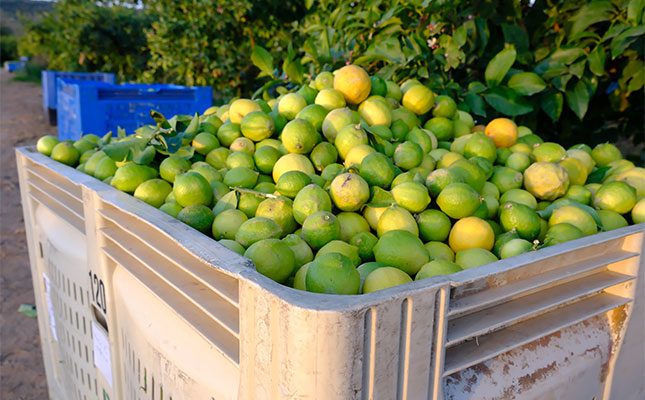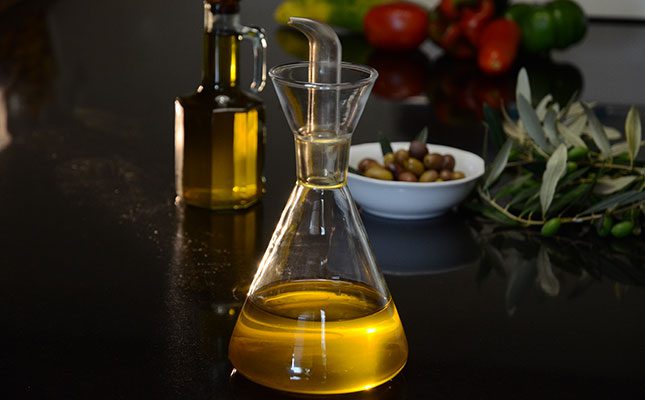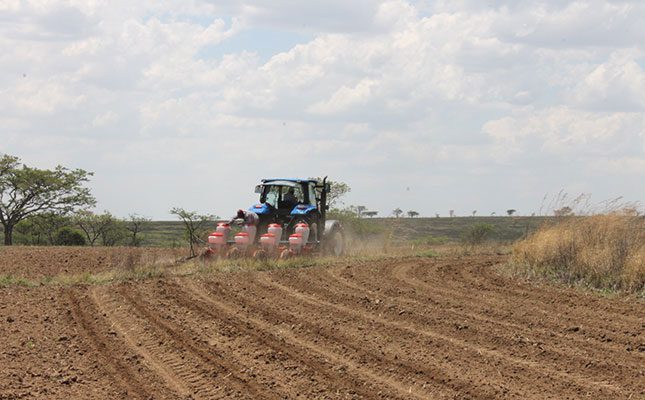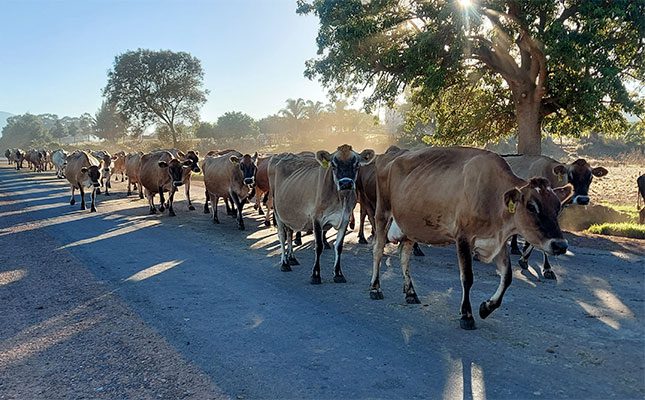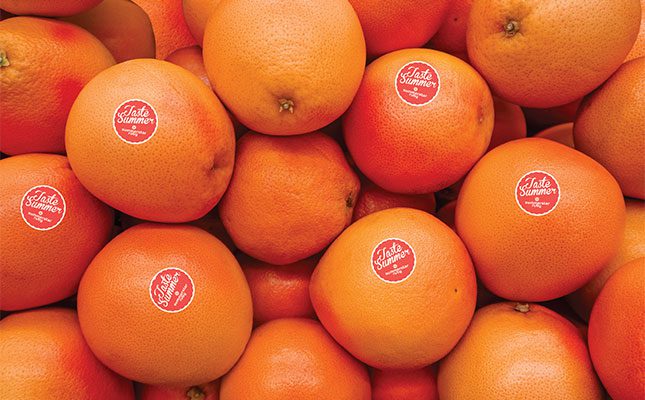
Photo: CGA/SummerStar Rugby Grapefruit campaign
The rebranding of the fruit to SummerStar Ruby signals a strategic move to reposition it in international markets and boost its appeal to European consumers.
Speaking to Farmer’s Weekly, Nicci Stewart, SummerStar Ruby campaign manager, said ‘summer’ distinguishes South African Star Ruby grapefruit from their European counterparts, which are available in the Northern Hemisphere winter.
“We needed to launch the campaign to align with [South Africa’s] grapefruit season. Our planning started last year, which involved developing the marketing strategy. Once this was completed, we developed the brand and its positioning and built a campaign around it. Next year, we aim to kick off our campaign earlier, towards the end of March or early April,” Stewart explained.
She added that Europe was specifically chosen as the target market because of the region’s long-standing trade relations with South Africa and a consistent track record of demand for citrus fruit.
“It also offers a reliable network of buyers and well-established supply chains, making it a natural launchpad for market expansion and grapefruit brand building.
“We have kicked off the campaign in Germany as a starting point, but there are future plans to expand to other European markets next year. We’re looking at Asian markets – Japan and India – after that,” she said.
According to Stewart, the local producers are voluntarily contributing to a collective marketing fund, recognising the need to collaborate and grow a category that is experiencing some decline.
“We want to reinvent grapefruit’s image and drive new growth in the category. We are positioning SummerStar Ruby grapefruit as a healthy and affordable summer fruit, capitalising on the warm European months when consumers are looking for fresh and easy foods. We’re debunking the myth that grapefruit is bitter and old-fashioned and promoting it as a refreshing and versatile addition to cocktails, salads, and beach picnics.
“SummerStar Rubies are sweet and tangy, and our key positioning is to ‘Taste Summer’. We want to drive consumers to taste this particular Star Ruby, found only in South Africa, and to discover for themselves that it’s not the bitter fruit that they imagined.”
Barry Landman, chairperson of the CGA’s Grapefruit Variety Focus Group, said there were various reasons why the Star Ruby variety was specifically chosen for the campaign.
“South Africa has about 9 087ha [planted to] grapefruit orchards, with just over 5 000ha in Limpopo alone. Star Rubies make up 88% of [the total] area, Marsh about 8%, and other varieties about 4%. [Star Ruby] is by far our biggest variety. Star Rubies are also the most viable from a flavour profile point of view. The sweet, tangy flavour is very much aligned with contemporary menus and consumer flavour preferences,” he explained.
SA grapefruit industry snapshot – 2024 season (CGA statistics report)
● Sales by market segment
– Local: 3 300t (on the 20 major fresh produce markets)
– Export: 207 618t (inspected, passed for export: Agrihub)
– Processing: 208 303t
– Total: 419 221t
● Exports by variety (17kg cartons, packed and passed for export: South Africa’s Perishable Produce Export Certification Agency)
– Star Ruby: 11,69 million
– Marsh 528 138
– Jackson 90 329
– Pink Pummelos 50 235
– Other 116 196
– Total: 12,47 million
● Exports by region
– Europe: 39%
– South East Asia: 18%
– Asia: 14%
– Russia: 12%
– North America: 9%

